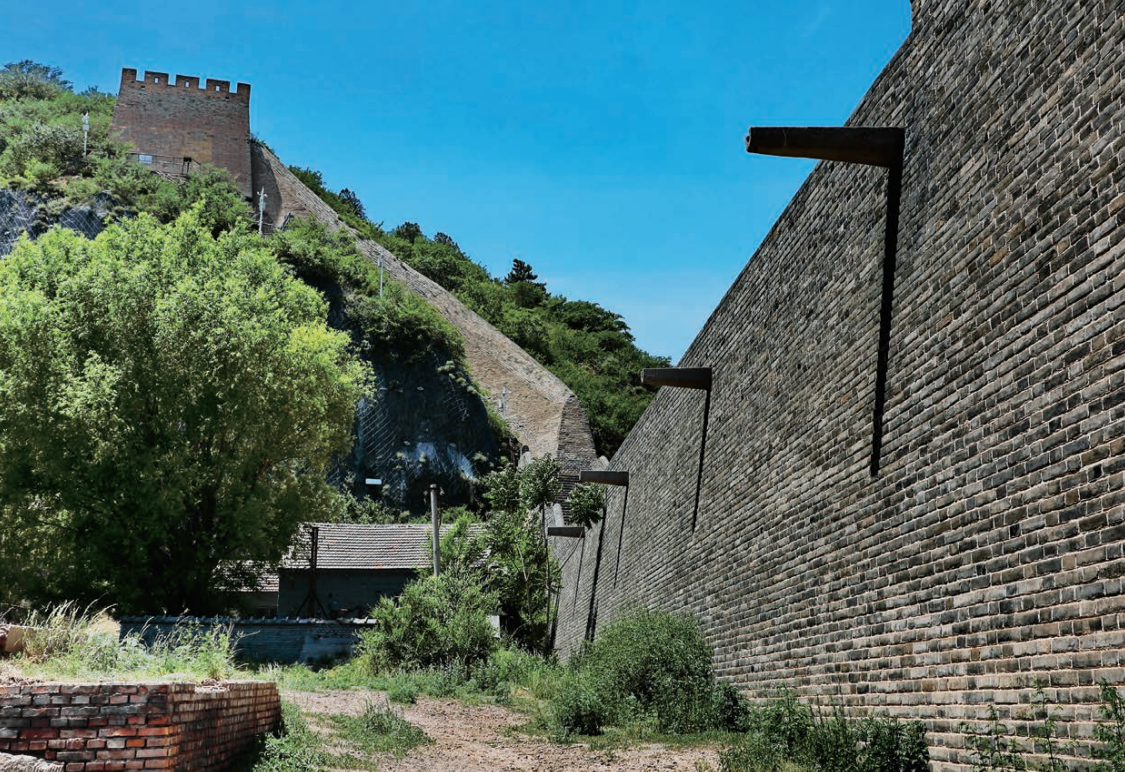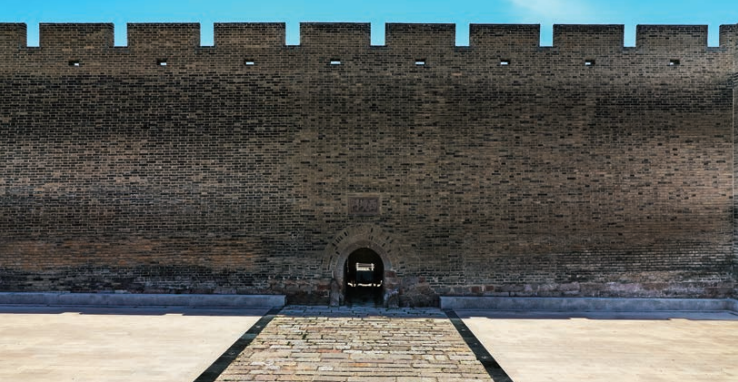
Dajingmen is located in the northern end of Qiaoxi District of Zhangjiakou City on the Great Wall line. It is an important pass of the Great Wall. Since ancient times, as the north gate guarding the capital city, it was the main road connecting the border village with the mainland and known for its extremely rugged landscape. It is the place that the strategist must contend for.

Dajingmen carries the past and looks to the future
It’s called Dajingmen, because there’s another Xiaojingmen(also called Xijingmen) nearby, Jingmen, as the name implies, a door on the border. Xiaojingmen was opened in the 41st year of the reign of Emperor Wanli of the Ming Dynasty(1613 AD). It is 2.7 meters high and 1.62 meters wide. Though such a small door, it was the only channel in and out of Zhangjiakou at that time, was also the starting point of the famous Zhangku Avenue.
Dajingmen was built in the first year of Emperor Shunzhi in the Qing Dynasty (1644). It is a brick arch with a stone foundation. There are four Chinese churacter “great rivers and mountains” on top of the Gate, which is written by Gao Weiyue, Chahar Governor in Qing Dynasty, each word is full meter square, the pen strength is vigorous. The gate wall is 12 meters high, 13 meters long and 9 meters wide. The door is straight wall semicircle arch, the outer side of 5.4 meters high, 6 meters wide, inside 9.5 meters high, 6.8 meters wide. There are two wooden iron door. The top of the tower is a platform of 12 meters long and 7.5 meters wide, with a crenel of 1.7 meters high outside and a battlements of 0.8 meters inside.






 京公网安备
京公网安备